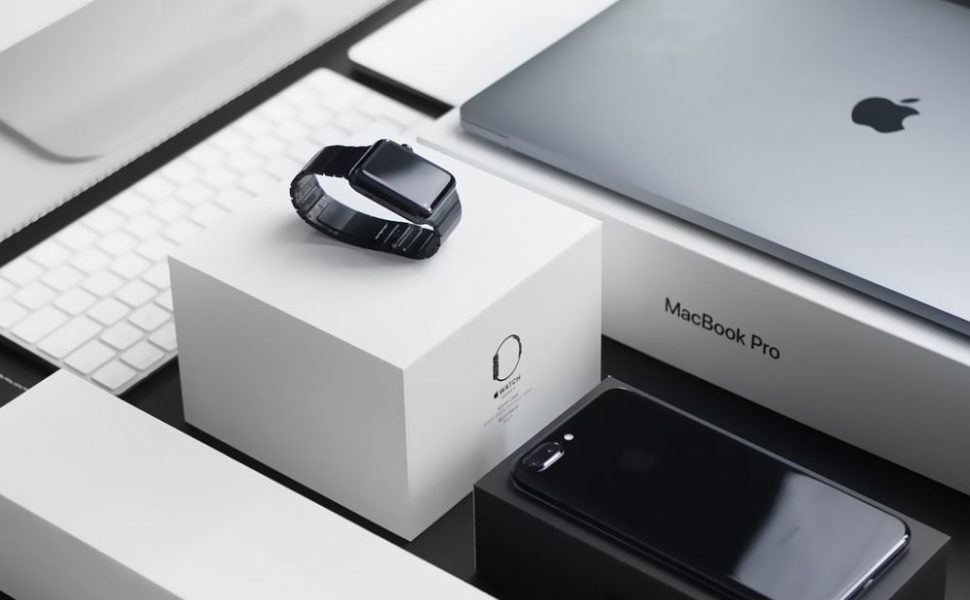Apple USB-C: A Comprehensive Guide

Introduction:
In today’s digital age, connectivity is key, and having the right cables and ports for your devices is essential. One such technology that has gained significant popularity is Apple USB-C. In this article, we will provide an in-depth overview of Apple USB-C, exploring its features, variations, and quantitative measurements. Additionally, we will discuss the differences between various Apple USB-C cables and their historical advantages and disadvantages. So, let’s dive into the world of Apple USB-C and unravel its intricacies.
Understanding Apple USB-C

Apple USB-C: What is it?
Apple USB-C is a versatile connectivity standard developed by Apple Inc. It offers high-speed data transfer, power delivery, and video output capabilities, all through a single port. This advanced technology has replaced the traditional USB (Universal Serial Bus) connections in newer Apple devices, such as MacBook Pro, MacBook Air, iPad Pro, and even the latest iPhone models.
Types and Popularity:
There are different types of Apple USB-C cables available in the market, catering to various user needs. Some popular variations include:
1. USB-C to USB-C: This cable is used for connecting Apple devices equipped with a USB-C port to other USB-C compatible devices or for fast charging.
2. USB-C to Lightning: This specific cable enables users to connect their iPhones or iPads with a Lightning port to a USB-C port for charging or syncing.
3. USB-C to USB-A: This cable facilitates the connection between USB-C devices and external peripherals or older devices with USB-A ports.
The popularity of Apple USB-C has surged due to its convenience, versatility, and efficient performance. Its wide adoption by Apple devices, coupled with its ability to handle multiple functionalities in a single cable, has made it immensely popular among Apple users.
Quantitative Measurements of Apple USB-C
Data Transfer Speeds:
One of the key advantages of Apple USB-C is its ability to deliver blazing-fast data transfer speeds. USB-C cables with USB 3.1 Gen 2 technology can provide data transfer rates of up to 10 Gbps, allowing for quick file transfers and seamless data synchronization between devices.
Power Delivery:
Apple USB-C cables also support power delivery, which means they can handle charging tasks efficiently. Depending on the wattage supported by the cable and the device being charged, Apple USB-C can charge your devices rapidly. For instance, certain USB-C power adapters can provide up to 87W of power, enabling fast charging for MacBook Pro models.
Video Output:
With Apple USB-C, users can connect their devices to external displays using a single cable. This technology supports video output of up to 4K resolution, ensuring a seamless multimedia experience. High-definition videos, presentations, and gaming can be enjoyed on a larger screen, thanks to the capabilities of Apple USB-C.
Exploring the Differences
Apple USB-C vs. Other Connectors:
Compared to its predecessors, Apple USB-C offers several advantages. Firstly, it is a reversible connector, meaning there is no specific orientation for plugging it in. This eliminates the frustration of trying to connect cables the right way up. Secondly, USB-C provides a compact and slim design, making it suitable for thinner devices like the MacBook Air. Lastly, with its ability to handle various functionalities, USB-C simplifies cable clutter by replacing multiple cables with a single, multipurpose connector.
Historical Advantages and Disadvantages
Advantages of Apple USB-C:
Apple USB-C has brought forth numerous advantages over previous Apple connectors. It offers faster data transfer speeds, higher power delivery capabilities, and streamlined video output. With its universality and backward compatibility, it has become a must-have accessory for Apple users.
Disadvantages of Early Implementations:
However, it is important to note that the adoption of Apple USB-C was not without challenges. In its early stages, users struggled with compatibility issues and a lack of available peripherals. Moreover, the transition from older ports required separate adapters, leading to additional expenses for some users.
Conclusion:
Apple USB-C has revolutionized the way we connect and power our devices. Its capabilities in data transfer, power delivery, and video output have made it an indispensable technology for Apple users. While it had its early challenges, Apple USB-C has become an increasingly common standard in the tech industry. As technology continues to evolve, Apple USB-C is expected to play a significant role in enhancing connectivity and convenience for users worldwide.
















































